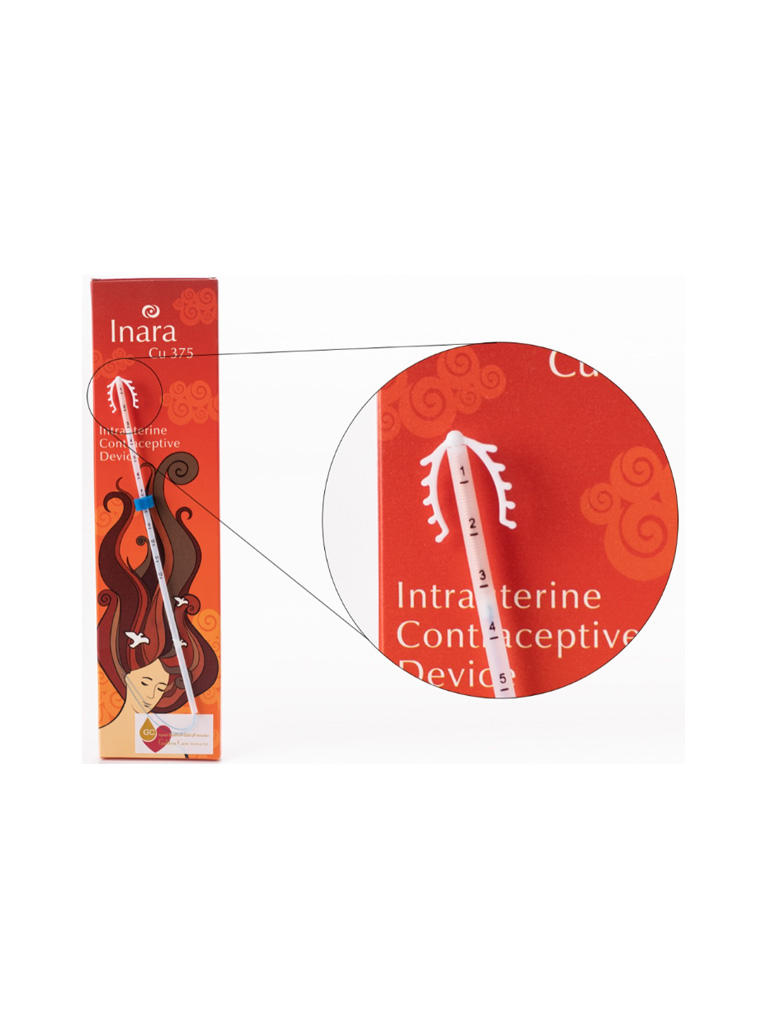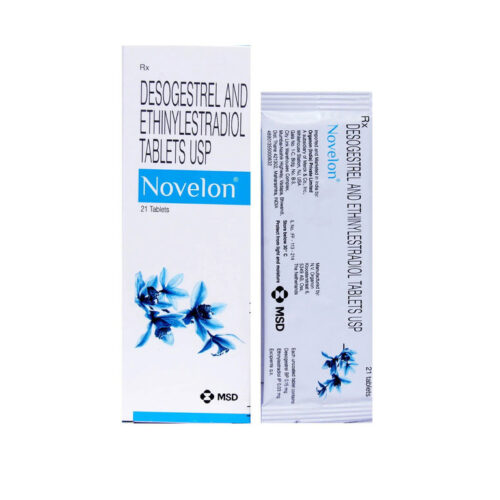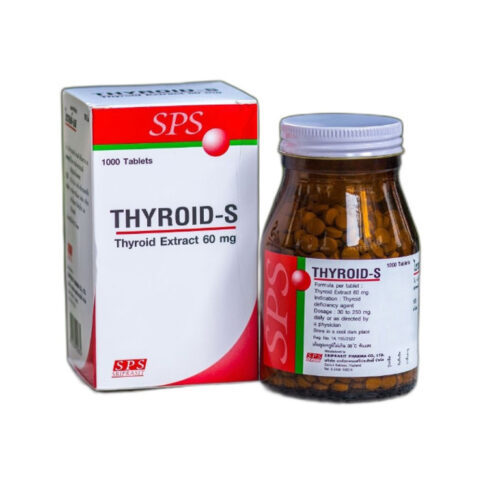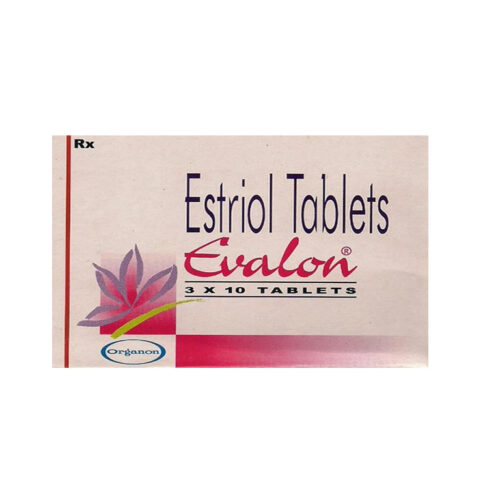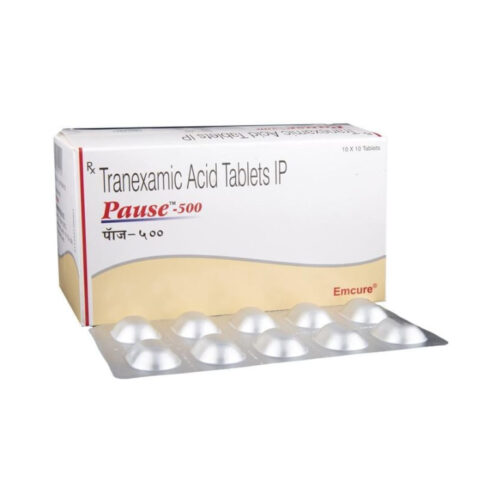Description
What is Inara CU® 250 / 375 Sterile Long-Term IUD?
The Intrauterine device (IUD) is a small T-shaped device that is used as a method of birth control designed for insertion into a woman’s uterus. It primarily works by disrupting sperms mobility and damaging sperms. It acts as a spermicide within the uterus. The coil is inserted by a doctor or nurse and lasts anywhere between three to five years, depending on which strength you get. It can easily be removed at any time. The main difference between the IUD and the IUS is that one releases copper (IUD) and one releases progestogen hormones (IUS).
The IUD is a copper coil that prevents pregnancy by stopping sperm from reaching the egg by releasing tiny amounts of copper into the body, which is toxic to sperm and eggs. The sperm dies in a copper-rich environment, and the egg can’t move properly. The copper alters the cervical mucus, meaning it changes the make-up of fluid in the womb and fallopian tubes, preventing the sperm from fertilizing the egg. The copper coil can also delay the egg from reaching the womb and prevent the egg from implanting in the womb.
Inara CU® is an intrauterine device with flexible side-arms. It is made with a combination of high-density polyethylene, ethylene-vinyl acetate copolymer, and barium sulfate in a weight ratio of 44/36/20. A copper wire with 99% purity is wound around the stem, giving a total copper surface area of 250mm2/375 mm2. A monofilament nylon thread is attached to the stem. The stem length of the standard device is 35 mm.
Inara CU® primarily works by disrupting sperm mobility and damaging sperm. It acts as a spermicide within the uterus. It increases levels of copper ions, prostaglandins, and white blood cells within the uterine and tubal fluids. Increased ions inhibit sperm mobility and viability, preventing sperm from traveling through the cervical mucus.
Advantages of Inara CU® 250 / 375 Sterile Long-Term IUD
- Inara comes ready for insertion in insertion tube, therefore less number of steps while insertion than other IUDs
- Nylon Suture is softer and hence is more comfortable for the couple
- Superior Film Film pouch keeps the copper parts bright
- Geometric design of Inara’s frame ensures a lower expulsion rate
- Geometrical structure and insertion method lowers the probability of accidental perforation of fundus
- Printed insertion tube adds convenience and accuracy for providers
- Inara Cu 250 offers long term protection up to 3 years (5 years for Cu 375)
- The lower copper content in Inara Cu 250 allows use by women with anemic or excess bleeding conditions.
- Inara Cu 250 allows spacing of up to 3 years
- Safe after abortion or miscarriage with no infection
- Safe for women with the pelvic inflammatory disease currently free from infection
- Safe in HIV-infected women
- Safe for adolescents and women over 40
- Can be used by women who cannot use steroid contraceptives
- Long intrauterine life (3-5 years)
- Immediately effective
- Facilitates the no-touch technique for insertion
- Extremely convenient and easy to load
How effective is the coil?
IUD is 99% effective in preventing pregnancy. It begins working as soon as it has been inserted. However, it can’t prevent sexually transmitted infections (STIs), so it’s also important to use a condom.
If inserted up to five days after unprotected sex, the copper coil can also be used as a form of emergency contraception, and then it can be left in as an ongoing form of contraception. This is currently only done with the copper coil (IUD). If you do want to use the coil as emergency contraception, keep in mind that it is a long-term contraceptive solution, unlike the emergency contraceptive pill which is a one-off solution.
Can I use the coil?
The coil is suitable for most people, including those who have never been pregnant and those who are HIV positive. It’s best to discuss your medical history with your doctor to make sure the coil is right for you. The coil may not be suitable for you if:
- You have an untreated STI or pelvic infection
- There are any problems in your womb or cervix
- You are experiencing unexplained bleeding from your vagina in between periods or after sex
How is the coil fitted?
It is a good idea to arrange a consultation with your doctor or family planning clinic in advance of getting the IUD fitted so that you get a chance to discuss which coil would be best for you and what the best time to insert it would be. The IUD needs to be fitted by a trained nurse or doctor. Before fitting, they will do a number of exams and tests, including checking the size and position of your womb, checking for any possible STIs, and treating any infection with antibiotics.
If you are checking for any infections, it’s best to arrange this before the day you plan to fit the IUD so that there is time to treat it in advance. You may still be able to have the coil inserted at the same time as having your STI screening and get treatment later if the tests come back positive.
In all, the procedure takes about 15-20 minutes. The vagina will be held open with a small speculum, the same way as during a smear test, and the coil is inserted through the cervix into the womb. You will need to go to your doctor or go back to the clinic where the coil was fitted six weeks after the procedure to make sure it hasn’t moved and to make sure you aren’t having any problems.
Some people do experience some minor discomfort or pain when having the coil fitted. In most cases, a person might feel a cramp when the coil is inserted, and some experience mild cramps for a number of hours afterward. If you are concerned about the pain, discuss this with your doctor or nurse in advance. It is recommended that you take a painkiller like ibuprofen one hour before the procedure.
After your fitting, you may experience period-like cramping pain and have some bleeding or spotting. This may last for a few days after the coil has been inserted. If you experience any of these symptoms after having the coil fitted, you should return to your doctor, as you may have an infection:
- Feeling unwell
- Have pain in your lower abdomen
- Have a temperature
- Have smelly discharge
- Removing the coil
The coil can be removed at any time. You will need to return to your doctor or nurse to have it removed. The procedure is very simple and much quicker and easier than having it inserted. If you have the coil removed but you don’t want to get pregnant, it’s important that you have another form of contraception available straight away. Speak to your doctor about alternatives to the coil. Normal fertility should return immediately once the coil has been removed.
The way that the coil affects your period is different for everyone and can depend on the type of coil you had fitted. The IUD may cause heavier periods that may last slightly longer in the first few months, but not always.
Benefits of the contraceptive coil
There are many benefits to choosing the contraceptive coil:
- The coil is a long term method of contraception, lasting anywhere between three and ten years depending on the type of coil you use
- It starts working to prevent pregnancy as soon as it has been fitted
- Normal fertility returns once it has been removed
- The coil is safe to use while breastfeeding
- The coil is not affected by other medicines in the same way that other forms of contraception like the pill might be
Things to keep in mind with the coil
- There is a small risk of pelvic infection within the first 20 days of having the coil inserted
- There is a small chance the coil could move or could be rejected and expelled from the womb soon after being fitted
- In rare cases, the coil can poke through the womb when it is inserted, which can cause pain in the lower abdomen and the coil will have to be removed
- Although the coil is 99% effective, if it happened to fail and you became pregnant, there is a risk of ectopic pregnancy, which means the egg implants itself outside of the womb and the pregnancy won’t be able to develop – this can cause a risk to your health
- You can have the coil fitted two weeks after a medical abortion, or on the day of a surgical abortion. If you would like to have the coil fitted on the day of your surgical abortion, you can get one from your doctor and bring it with you to the procedure.
- If you are considering the coil, discuss this with your doctor so they can help you to make the best decision to suit your needs.

